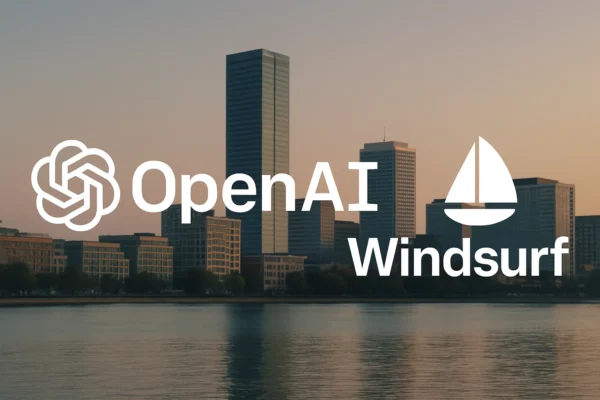
Amazon’s Project Kuiper satellite launch —a mission to expand internet access. Explore its technology, human impact, and global significance.
The Stakes: Closing the Digital Divide
For a farmer in a remote Indian village, a smartphone without connectivity is a missed opportunity—vital data on crop prices or monsoon patterns stays out of reach. Likewise, a teacher in West Virginia’s coal country, surrounded by Appalachia’s fading mining towns, faces barriers to online education for her students due to spotty internet. Project Kuiper targets these gaps, offering high-speed access to transform isolated regions into connected communities. The delay only heightens anticipation for its eventual impact.
Status of the KA-01 Mission
The KA-01 mission (Kuiper Atlas 1) was set to deploy 27 satellites, coated with dielectric mirror film to minimize light pollution, joining two prototypes launched in 2023. Scheduled for April 9 at 7:00 PM EDT (April 10, 4:30 AM IST), the launch was scrubbed due to weather violations—stubborn clouds and winds pushed it beyond safety limits. As of now, April 10, 2025, IST 14:00 hrs, no new launch window has been confirmed, with ULA and Amazon assessing conditions for the next attempt.
Amazon’s Approach to Affordable Access
Unlike SpaceX’s Starlink, with its 8,000+ satellites, Project Kuiper leans on Amazon’s cost-cutting prowess. Affordable user terminals—compact devices for end-users—could enable that Indian farmer to track markets or the West Virginia teacher to stream lessons without financial strain. This focus on accessibility positions Kuiper as a formidable contender, even as it races to catch up in the satellite internet arena.
Challenges:
The delay underscores broader challenges. Amazon must scale production to meet an FCC deadline of 1,618 satellites by July 2026, navigate regulatory landscapes (like India’s spectrum policies), and address orbital congestion concerns. Weather, as seen now, remains an unpredictable foe. These obstacles test Amazon’s resolve as it builds toward a fully operational constellation.
A Delayed but Hopeful Step
As of April 10, 2025, IST 14:00 hrs, the KA-01 launch stands postponed, a reminder of nature’s sway over human ambition. For the farmer in India’s hinterlands and the teacher in Appalachia’s coal towns, Project Kuiper’s promise—of inclusion through connectivity—waits in the wings. When the skies clear, Amazon’s satellites will rise, carrying the potential to reshape global access—one orbit at a time.
Good day from #AtlasV launch control at Cape Canaveral where our live blog has started for today’s #ProjectKuiper mission. This is your official source for updates throughout the countdown to the 7 p.m. EDT (2300 UTC) launch. https://t.co/B8eRFjLYWL pic.twitter.com/eqHlJaJb5Y
— ULA (@ulalaunch) April 9, 2025







